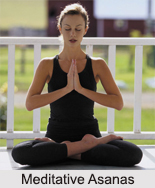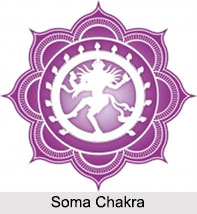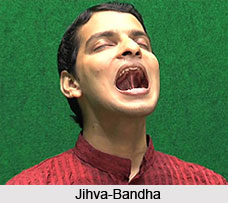 The forty-sixth yogic sutra states about the supreme power acquired by a yogi, who has the ability to act, transform or move as he wishes to. In other words, he has perfected his body to every kind of experience. By concentrating on the elements solely, (samyama), their characteristics, foms, concurrences, a yogi gains the eight supernatural powers to attain perfect health. He is never a slave to the elements, and uses it to his own will. None of the five elements of nature (earth, water, fire, air, ether) can hamper him anymore, as he is a master of them all.
The forty-sixth yogic sutra states about the supreme power acquired by a yogi, who has the ability to act, transform or move as he wishes to. In other words, he has perfected his body to every kind of experience. By concentrating on the elements solely, (samyama), their characteristics, foms, concurrences, a yogi gains the eight supernatural powers to attain perfect health. He is never a slave to the elements, and uses it to his own will. None of the five elements of nature (earth, water, fire, air, ether) can hamper him anymore, as he is a master of them all.
tatah from it, thence
animadi powers such as minuteness and so forth
Pradurbhavah manifestation, appearance
kaya of the body
sampat perfection, wealth
tad their, of them
dharma attributes, functions
anabhighatah non-resistance, non-obstruction, indestructibility
ca and
From that arises perfection of the body, the ability to resist the play of the elements, and powers such as minuteness.
The yogi can reduce himself to the size of an atom, or even expand. He can become light or heavy. He can cut through rocks, have access to everything and master anything.
From samyama on the elements, their counterparts, forms, conjunctions and fruits, the yogi develops the eight supernatural powers and gains perfect wealth of the body without falling victim to the obstacles posed by the elements. This is believed to be the best wealth of the body - perfection and freedom from all hindrances.
This sutra points that by the conquest of the elements, a yogi gains mastery in three fields. The first is the acquisition of the eight supernatural powers. The second is perfection of the body, which means that earth does not grime him, water dampen him, or fire burn him. Wind cannot move him and space can obscure his body anywhere, at any time. The third is immunity from the play of the elements and their characteristics, and from the obstructions and disturbances which they create. (1.30, 31, 40; 11.55.)



